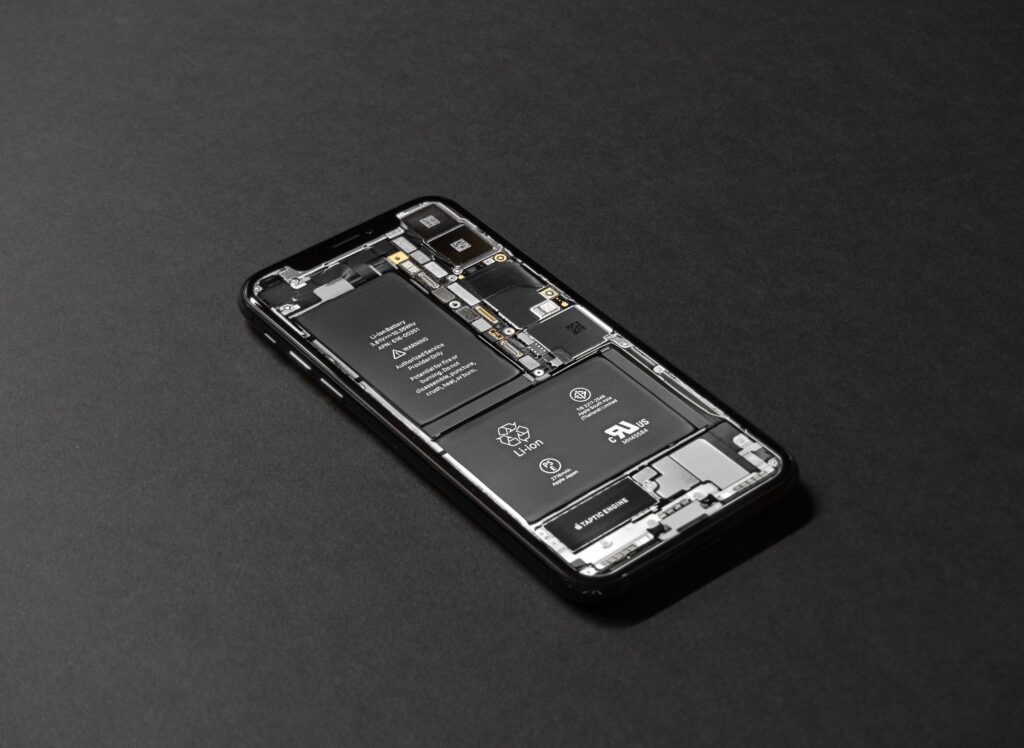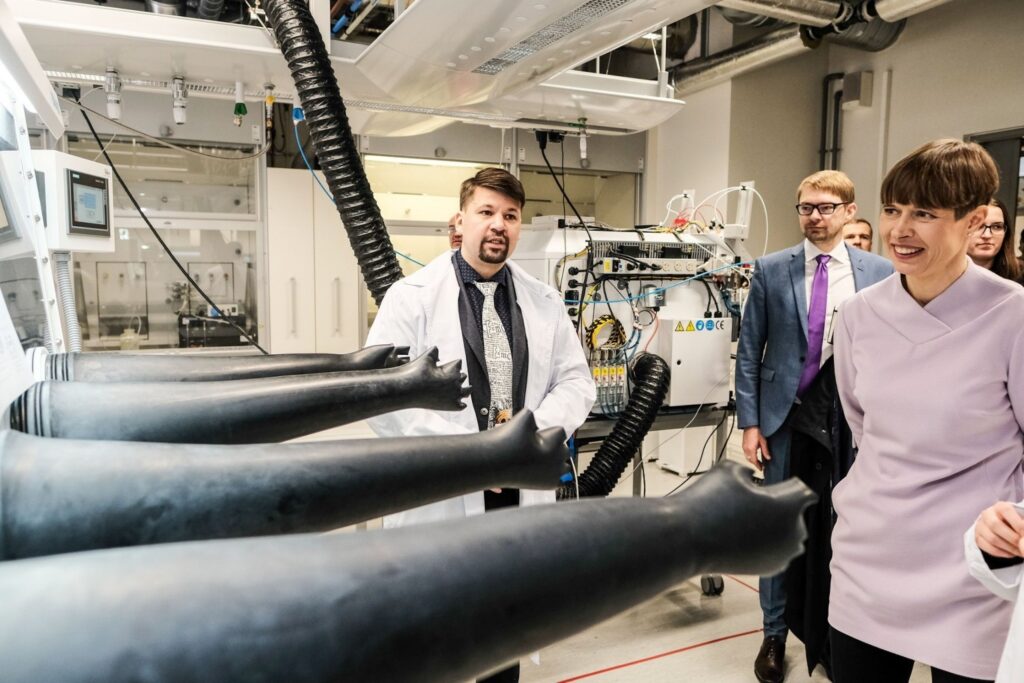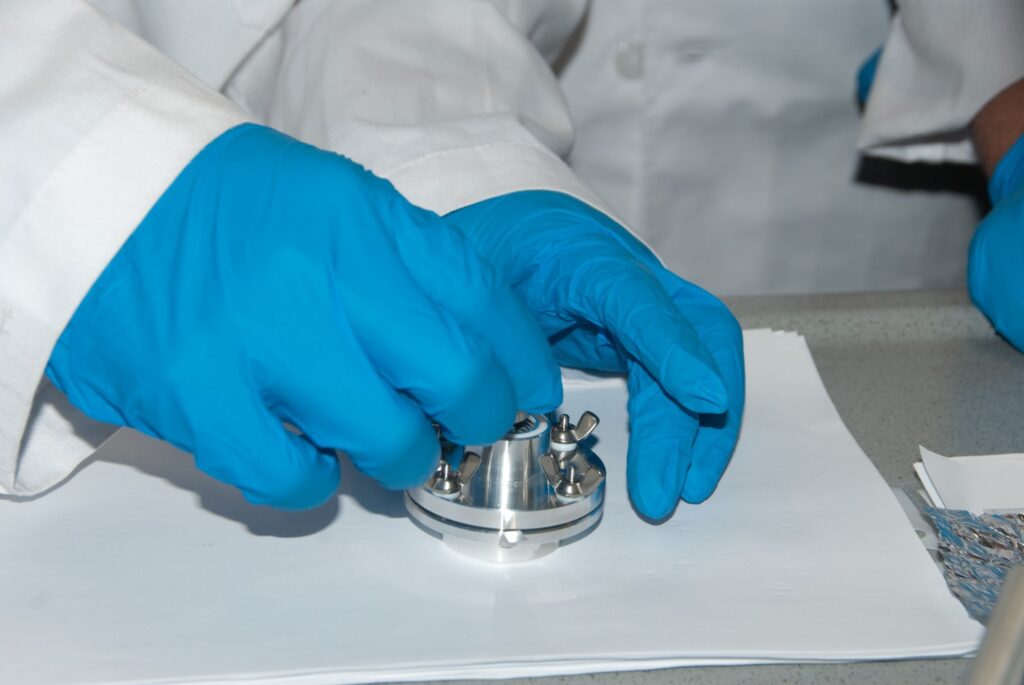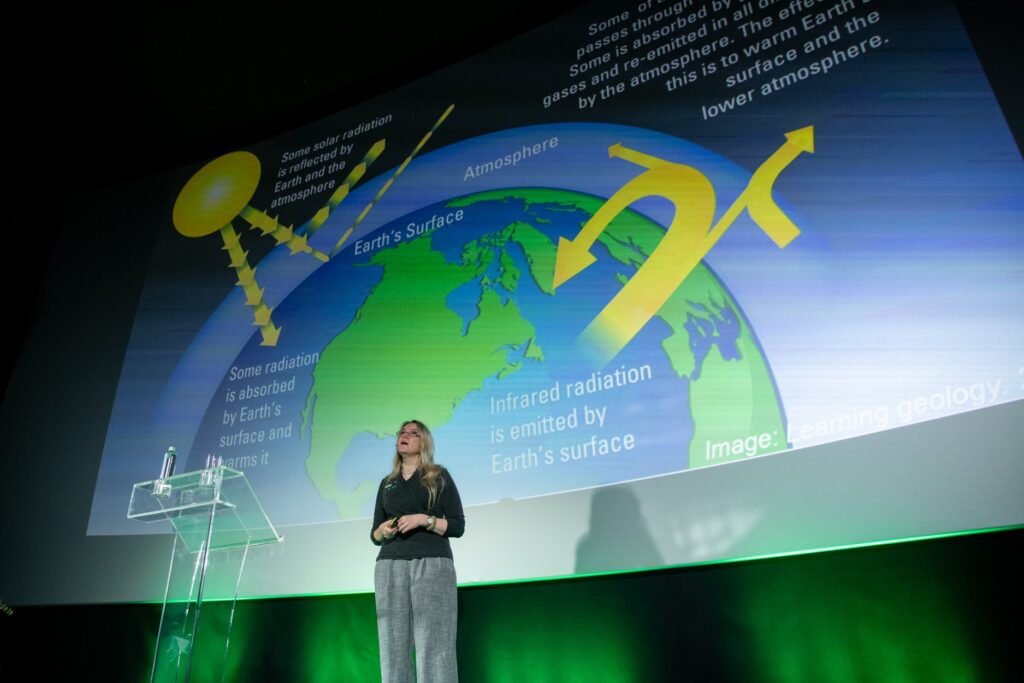As the world is running out of lithium, planet-friendlier batteries are waiting to hit the market and some Estonian scientists have come up with a new solution.
This article is published in collaboration with Research in Estonia.
We are using up lithium, the essential metal in rechargeable batteries. Some experts estimate there won’t be any lithium left by 2035, and some say that it may already disappear within four years.
Who should lose sleep over this? The answer is – anyone with a smartphone, a laptop or an electric car. Without lithium, they would have to be always plugged in.
But it’s not just about comfort. Lithium also plays an important role in storing wind and solar energy, an increasingly important sector.
Therefore, the world is in the midst of a battery revolution.
Scientists are looking for alternatives
“The world running out of lithium is a widely discussed issue,” Annela Anger-Kraavi – an Estonian-born senior climate change policy researcher at Cambridge University and a leading expert at the United Nations Framework Convention on Climate Change – said. “We cannot move towards a large-scale use of renewable energy in transport and industry, for example, without knowing how to store all that energy.”
Scientists are working hard all over the world to find solutions and replace this highly dense, yet extremely light metal.

In Estonia, Enn Lust, a physical chemistry professor and head of the chemistry institute at the University of Tartu, is ahead of the curve. He has been testing carbon’s energy storing capabilities since the 1990s.
Back then, carbon was a marginal substance, mainly used as a supporting material for energy sources.
“Carbon has become an unbelievably universal source of energy,” Lust said. “In the 90s, we had no idea something like this would happen.”
He has been looking for a widely accessible and environmentally friendly replacement for lithium. Hence, carbon was put on the table. It is everywhere! Apparently, it can do much more than make pencils (graphite is a form of carbon), or diamonds (also carbon).
Lust thinks he found the perfect source for it too, deep inside Estonia.
Cooking the soil
Estonians love their bogs, the wet patches of terrain. So much so, that during COVID19 lockdowns, the police officers had to disperse crowds from the wooden bog trails.
They are difficult to avoid as nearly a quarter of the country is covered in wetlands.
Carbon can be synthesised from many materials like polymers, sugars or biomass, but some hard, biomass-derived carbons are especially effective and could even compete with natural graphite, electrode matrix for lithium storage. As the Estonian scientists discovered, this magical carbon can be hidden in the peat (a layer of decayed plant material in wetlands).
In their study, published in Electrochemistry Communications in 2020, Lust and his team concluded that peat-derived carbon “exhibited remarkable bifunctional activity” and that it’s “an exceptionally promising candidate” as a catalyst support material to convert chemical energy into electricity and heat.
In Estonia, around a million tons of young carbon-containing peats are excavated every year for gardening and heating. Underneath this layer is an older, highly decomposed layer of peat with an even better quality for carbon production, which is usually left unused and thrown back to the water.
Lust and his team want to make use of it and explain it in an article published in RSC Advances.
They powder and wash the peat to extract all the minerals. The substance is then dried and placed in a 300-to-400-degree Celsius (572-752 Fahrenheit) oven. After adding natural substances like sodium oxide or zinc chloride, the material is placed in an even hotter oven. The result is a very special carbon that conducts electricity and accumulates sodium ions as electric energy on the negative end of the battery.

Green and powerful
For the positive terminal, the necessary sodium rich material like complex oxide is used, and sodium is extracted from salt or from salty waters, which are also abundant on our planet.
This green output – a combination of salt and biomass – is so powerful that it could compete in the world market of energy storages and fuel.

“The electrodes absorbing sodium we have developed from the Estonian peat are as energy dense as those in Lithium batteries,” Lust said.
Lust and his team (Thomas Thomberg, Rasmus Palm, Tavo Romann and Alar Jänes, among others) at Tartu University built a supercapacitor (an energy storing device, slightly different from a battery that charges in seconds or minutes) and are now working on the batteries.

More good news! Such a carbon battery could be three to five times cheaper than a lithium battery.
Lust believes the peat-derived carbon-based energy storage devices could be perfect for large stationary constructions like solar fields and wind turbine electricity generation systems.
A large investment needed
The Estonian scientists have patented these discoveries in the UK and the US.
Various companies are interested in what the scientists at the institute of chemistry are doing, but a small battery factory would require investments of at least €50 million – a figure that can scare potential investors away.
For now, the team is still in the testing phase – a time-consuming process to make sure the batteries don’t, for instance, blow up unexpectedly.

“Some people believe that the right technologies will just appear and solve the climate problem,” Anger-Kraavi noted. “We don’t have any large-scale solutions yet, and let’s face it, they won’t appear out of the blue.”
She added that not all the ideas work outside the labs. Most ideas will fail. “Scientists need to be able to test their ideas. They must be allowed to take risks. Failing should be accepted and embraced as a necessary part of this process.”

Applying for the EU’s research and innovation grants is time-consuming and highly competitive. Scientists may end up working months for nothing.
The world needs new solutions and ideas, and here is one offered by Estonian scientists for the imminent problem with regard to the disappearance of lithium.
Hopefully, it will not stay in the lab, but will be tested in real life to make a change.
Cover: A bogland in Hiiumaa island in Estonia (photo by Hiiumaa Mudeliklubi, shared under the Creative Commons CC BY-SA 3.0 licence) and a bunch of batteries (photo by Roberto Sorin on Unsplash).

